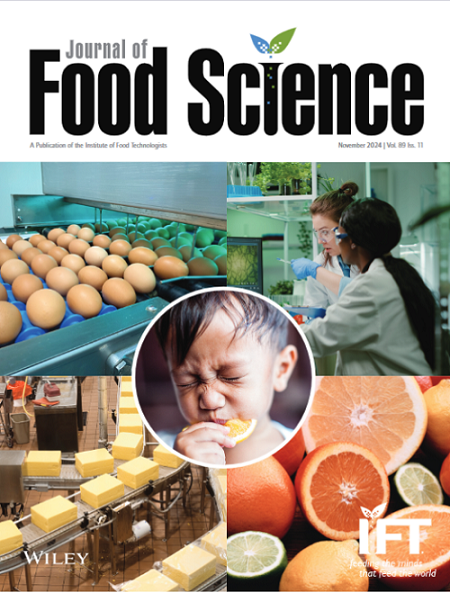Plant-Based Analogs: Potential Chemical Risks & Mitigation Strategies
Abstract
Meat, dairy, and egg analogs are products designed to mimic the structural and sensorial properties of their animal counterparts. These analogs have been developed to address diverse nutritional requirements, dietary preferences, and ethical considerations, resulting in a substantial net growth in market share in recent years. Nevertheless, concerns have been raised regarding their food safety and nutritional quality due to (a) the presence of natural toxicants and antinutritional factors in plant-based raw materials, (b) the incorporation of novel ingredients to achieve targeted sensory attributes, (c) the nature and intensity of processing required to develop these characteristics, and (d) the prioritization of sensory properties over nutritional value during product formulation. The potential short- and long-term food safety and nutritional implications of plant-based analogs are yet unknown. Consumers purchasing these products to attain their potential health and environmental benefits need to be presented with robust evidence regarding the inherent safety of their formulations and processes. This review examines the potential chemical hazards associated with plant-based alternatives, including naturally occurring toxins in plant-based ingredients and their residual presence in the final product, agrochemical and other environmental toxicants, novel ingredients and processing-derived compounds. It further highlights critical research gaps, including the need to identify potential chemical toxicants in plant-based analogs and to elucidate the long-term consequences of their consumption. Addressing these knowledge gaps will be essential in guiding industrial practices, regulations and policies aimed at ensuring that plant-based food products are both safe and nutritious for consumers and beneficial to the planet.



 求助内容:
求助内容: 应助结果提醒方式:
应助结果提醒方式:


